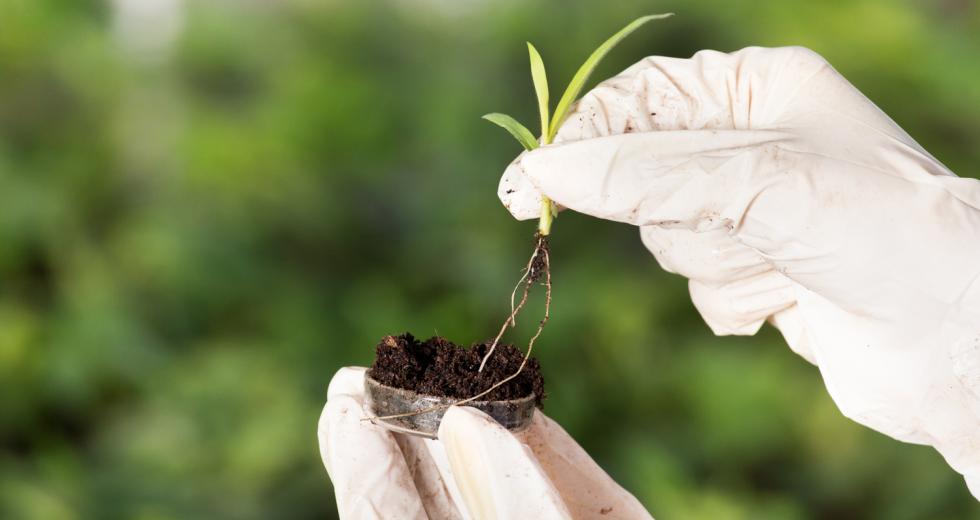UC Davis is the only one of the top 20 research institutions nationwide without an affiliated research park. This missing asset means a couple things for the world leader in food and agriculture studies, experts say — companies or ideas born from the university have nowhere to grow their roots, and end up relocating to the Silicon Valley or other more welcoming places.
“There’s not space needed for them to commercialize nearby,” says Marika Rose, communications consultant for the Woodland Research Park development team. “UC Davis and our region suffer for lack of a true research park.”
Under development in nearby Woodland — a 10-minute drive from the center of the UC Davis campus — is what planners hope will become the agriculture and technology center of Northern California. Set at 350 acres, the Woodland Research and Technology Park would blend living, work and retail spaces in an area designated for such a project — the “Southern Gateway” between Highway 113 and County Road 25A.
Lon Hatamiya, who served as the Secretary of Technology, Trade and Commerce for California under Gov. Gray Davis, is the economist for the development team. When he did a study of economic development hubs in California during his tenure with the State, the strongest economic areas (San Diego, Los Angeles and the Silicon Valley) had one common element — a nearby research institution.
“A lot of sectors have grown out from the technology coming out of the universities nearby,” Hatamiya says. “These similar types of emerging companies can grow from the Woodland Park, but also the Sacramento region.”
The project is currently undergoing the planning approval process. While it’s been given the green light as part of the City of Woodland’s General Plan for 2035, the next 12 to 15 months will involve numerous studies — environmental, economic and transportation — before the city council can approve the research park in its entirety. So far, developers are optimistic that it has the support of the city government.
Ken Hiatt, assistant city manager of Woodland, says Woodland is uniquely positioned to be the perfect marriage between food and agriculture research at UC Davis, and food and agriculture industries.
“This project was conceptualized partially out of the City’s desire to diversify its own economy, and realizing its position to capitalize on the technology and innovation that’s being developed at the UC Davis campus,” Hiatt says. “Woodland is well-positioned for that research to grow out of the campus.”
While the original concept was to build such a project in Davis, that proved to be a “tough go” there, planners say. Hatamiya, who lives in Davis, explains that similar development proposals have been voted down by residents in the past. “It’s certainly a challenge (in Davis), but when you have a community like Woodland nearby able to do this quickly, we certainly see that advantage,” he says.
When Woodland’s general plan was updated three years ago, the area was identified as a prime property to develop a knowledge, job and technology-based business park and employment center, Hiatt said. Fortunately, the property owners responded to that call of need, he says, and formally submitted an application in June, which was authorized by the city council and planning commission to move forward.
The challenge, Hiatt says, is maintaining a “healthy dose of momentum” to keep the project moving and “maintaining a sufficient level of urgency that this project needs — and now is the time to capitalize on that opportunity,” he says. “And as always, the cost of development in California is a challenge, so how do you ensure all the impacts and issues are mitigated, but you have a project that’s viable and competitive in this global economy.”



